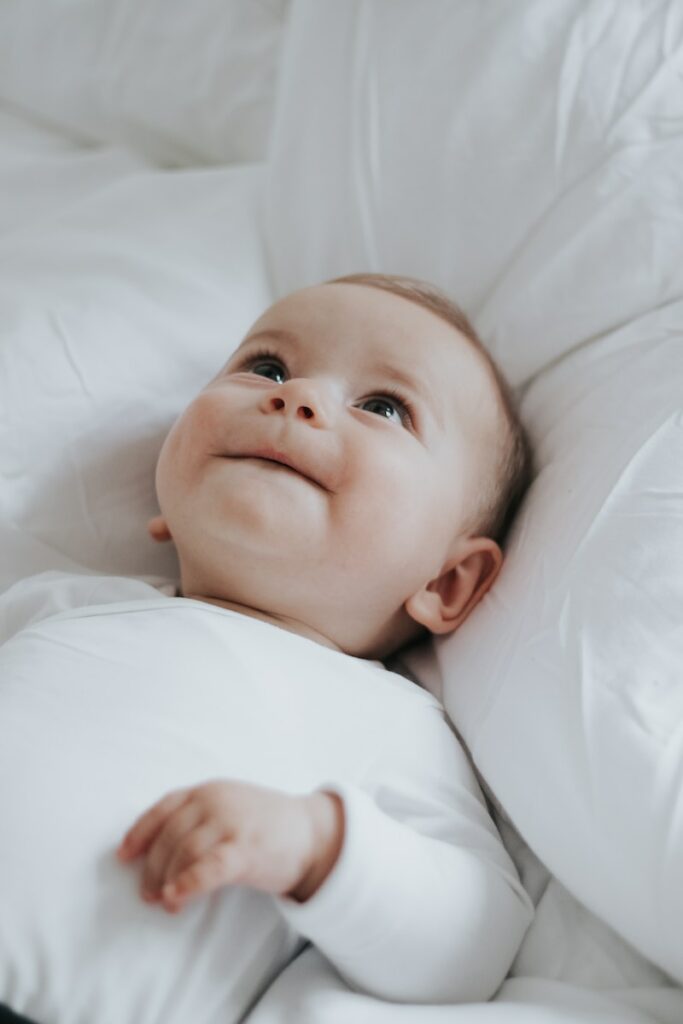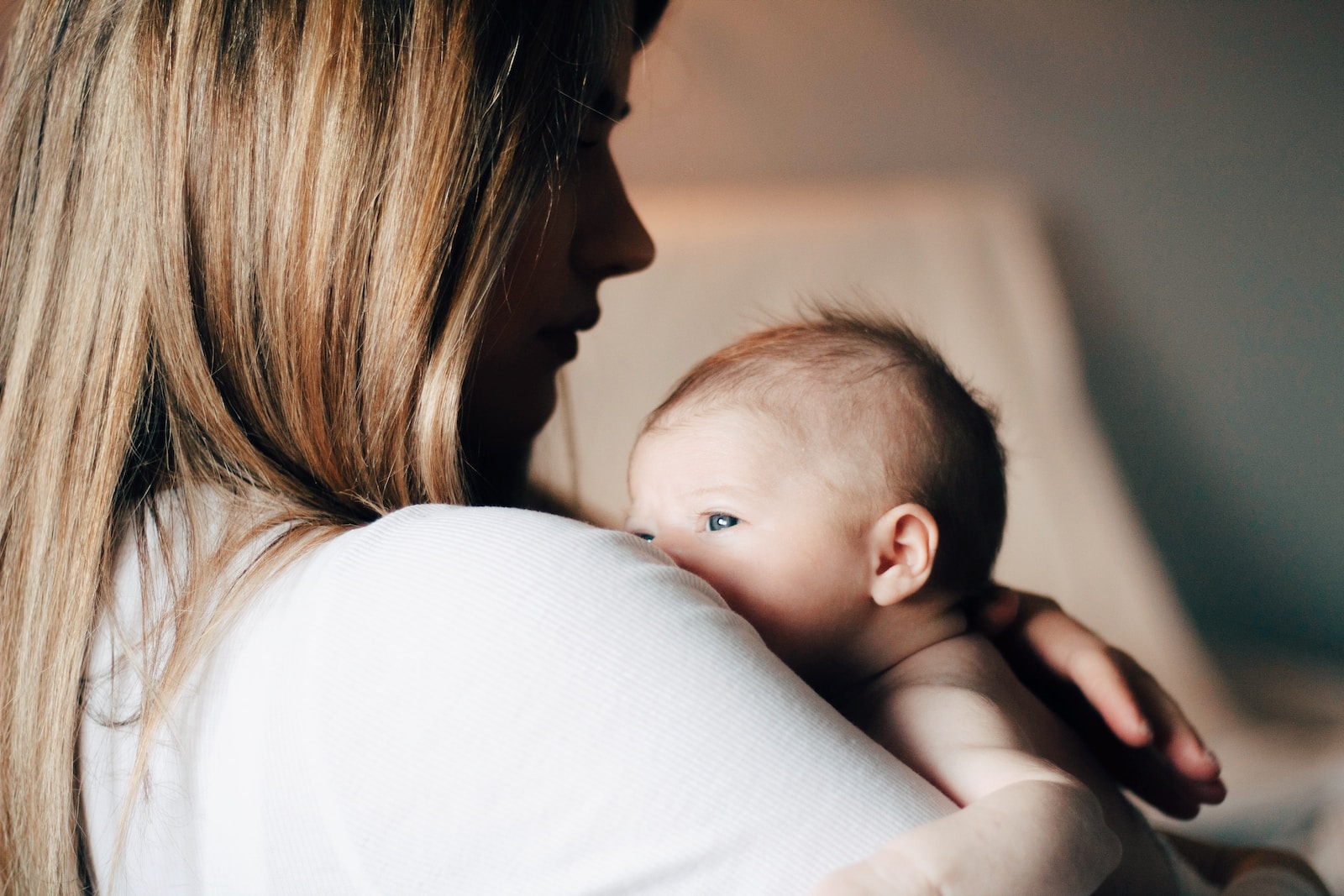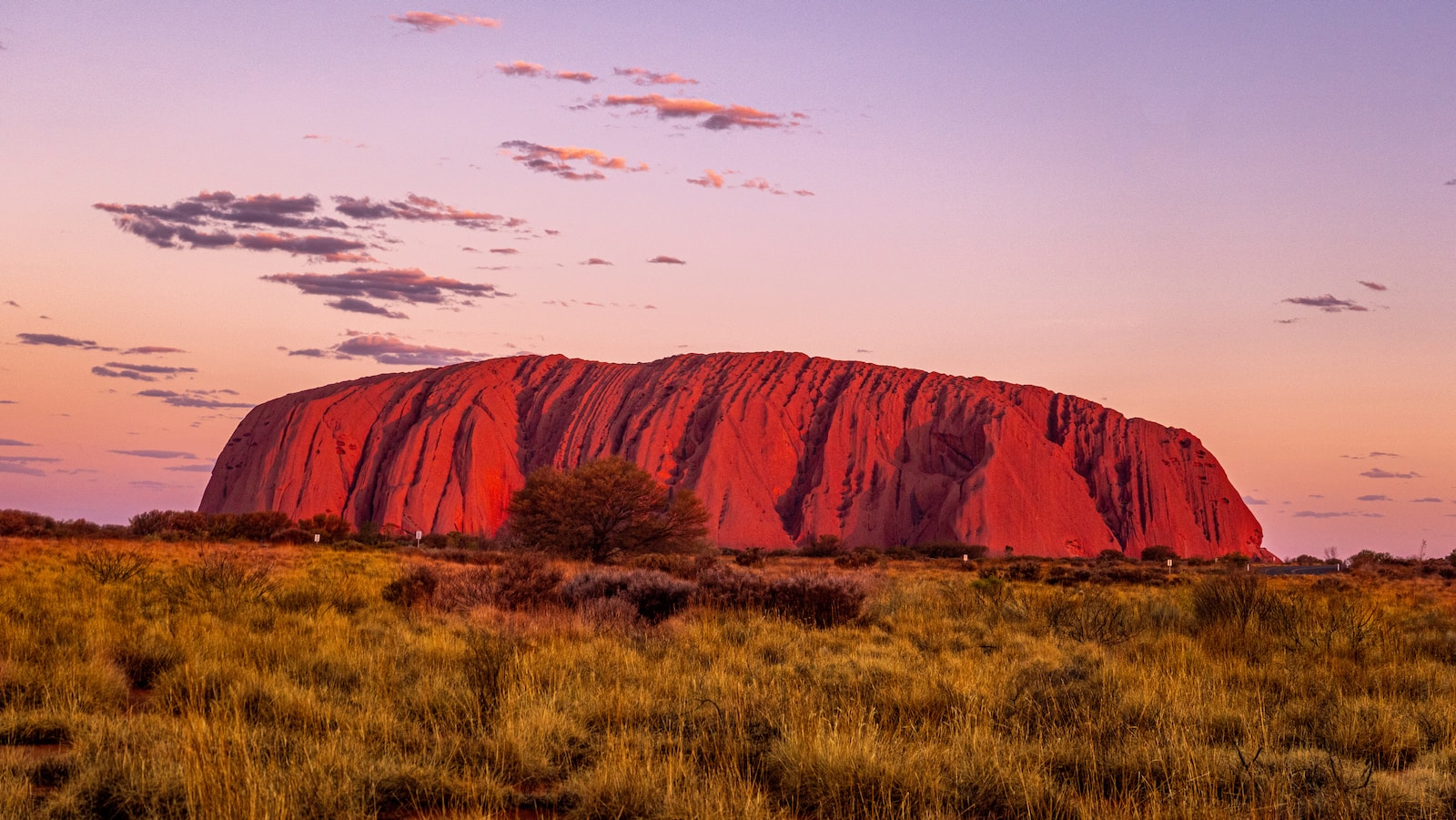Welcome to the picturesque world of newborn photography, where the innocence and beauty of a precious little bundle is captured forever. Cradle of Love: Mastering Newborn Photography takes you on a journey into the heart of this timeless art, providing you with invaluable tips and tricks to create breathtaking photos that will melt your heart. Whether you’re a professional photographer or a proud parent armed with a camera, this blog is your ultimate guide to capturing the most tender moments of your newborn’s life.
Table of Contents
- The Beauty of Newborn Photography: Capturing Precious Moments
- Choosing the Right Camera for Newborn Photography
- Spring: Capturing the Beauty of New Beginnings
- Frequently Asked Questions
- 1. What equipment do I need for newborn photography?
- 2. How do I prepare for a newborn photography session?
- 3. What are some tips for posing newborns?
- 4. How do I handle lighting for newborn photography?
- 5. What are some soothing techniques for fussy newborns during a session?
- 6. How can I enhance my newborn photography skills?
- 7. How can I make parents comfortable during a newborn photography session?
- 8. Can I include siblings or family members in newborn photography sessions?
- 9. How do I price my newborn photography services?
- 10. What are some must-have editing techniques for newborn photography?
- Wrap Up
The Beauty of Newborn Photography: Capturing Precious Moments
Newborn photography is a truly magical art form that allows us to freeze time and capture the innocence and beauty of these little bundles of joy. As a photographer, it’s essential to learn the tricks of the trade to master the art and create breathtaking images that will be cherished for a lifetime. In this article, we will explore the interesting features of newborns that make them perfect subjects for photography and provide you with some valuable tips to elevate your newborn photography skills.
The Innocence of Newborns
Newborn babies are the embodiment of innocence. Their delicate features, tiny fingers, and adorable expressions make them incredibly photogenic. When photographing newborns, it’s important to focus on capturing their innocence and vulnerability. Use soft lighting and gentle poses to enhance the angelic qualities of the subject. Transitions in lighting and subtle shadows can add depth and drama to your images, creating a truly enchanting effect.
One technique to achieve captivating shots is to get up close and personal with your subject. Zoom in on their tiny hands, button nose, or fluttering eyelashes. These intimate details will evoke a strong emotional response in viewers, conveying the purity and delicacy of newborn life.
Capturing Genuine Emotions
Newborns may not be able to express themselves through words, but they communicate a range of emotions through their expressions and body language. As a photographer, it’s your job to capture these genuine moments and emotions. Patience is key in newborn photography since babies can be unpredictable and may require breaks for feeding or diaper changes. Allow enough time during your session to ensure a relaxed and comfortable environment for both the baby and their parents.
One effective way to evoke emotions in your newborn photographs is by incorporating props and settings that reflect the family’s personality or interests. For example, if the parents are avid readers, you could create a cozy setup with a stack of books and a pair of tiny glasses. These personalized touches will add a unique and sentimental touch to the photographs.
When photographing newborns, it’s crucial to prioritize their safety and well-being. Never force a pose or put the baby at risk for the sake of a shot. Ensure you have a spotter or a parent present at all times, even when using props or attempting more intricate poses. Safety should always be your top priority.
Mastering newborn photography takes time, practice, and a deep appreciation for the beauty of these tiny miracles. By understanding the unique features of newborns and capturing their genuine emotions, you can create timeless photographs that will be treasured for generations to come.
Newborns have been shown to respond positively to black and white patterns because their vision is not fully developed. Using black and white props or backgrounds in newborn photography can captivate their attention and create stunning images.
Choosing the Right Camera for Newborn Photography
Newborn photography is a beautiful art that captures the innocence and delicate nature of these precious little beings. To master this art, it is crucial to have the right camera and equipment. In this section, we will explore the main features to consider when selecting a camera for newborn photography.
Resolution and Image Quality
The resolution of a camera determines the level of detail it can capture. For newborn photography, it is recommended to choose a camera with high resolution to capture every tiny feature and intricate detail of the newborn. Look for a camera with at least 20 megapixels or higher to ensure stunning image quality.
Another essential factor related to image quality is the camera’s sensor size. A larger sensor allows more light to reach the image sensor, resulting in brighter and better-exposed images. Opt for a camera with a full-frame or APS-C sensor for enhanced image quality.
Low Light Performance
Newborn photo sessions often take place in dimly lit environments, such as nurseries or cozy bedrooms. Choosing a camera with excellent low light performance will allow you to capture well-exposed images without introducing too much noise or grain. Look for a camera with a wide ISO range and good noise reduction capabilities.
Consider cameras that offer advanced autofocus systems that work well in low light conditions. These autofocus systems will ensure your images are sharp and in focus, even in challenging lighting situations.
Lens Selection
The choice of lens plays a significant role in newborn photography. Prime lenses are a popular choice among newborn photographers for their excellent image quality and wider maximum apertures.
A lens with a wide aperture, such as f/1.8 or f/1.4, allows you to create a shallow depth of field, resulting in those dreamy and soft-focus images. This effect helps draw attention to the newborn’s features and creates a beautiful separation between the subject and the background.
Another consideration when selecting lenses is the focal length. A lens with a focal length between 35mm and 85mm is most commonly used in newborn photography. It provides a comfortable shooting distance and allows you to capture details without getting too close to the baby.
Benefits of Prime Lenses:
Prime lenses offer several advantages for newborn photography:
- Sharper Images: Prime lenses are known for their sharpness, resulting in crystal-clear images of newborns.
- Wider Apertures: Prime lenses often have wider maximum apertures, allowing for more background blur and better low light performance.
- Lightweight and Portable: Prime lenses are generally smaller and lighter, making them easier to handle during long newborn photo sessions.
- Improved Focus Speed: Prime lenses tend to have faster autofocus capabilities, which is beneficial when photographing newborns who may move or wiggle unexpectedly.
- Enhanced Image Quality: Prime lenses are optimized for a specific focal length, resulting in better image quality compared to zoom lenses.
By understanding these key factors and considering your specific needs, you can choose the perfect camera and lenses for mastering newborn photography. Remember to practice, experiment, and enjoy the process of capturing these precious moments that will last a lifetime.

Spring: Capturing the Beauty of New Beginnings
Spring is a magical time to capture newborn photos. The world comes alive with vibrant colors, blooming flowers, and refreshing weather. It is a season that symbolizes new beginnings and growth – the perfect backdrop for your newborn’s first professional photoshoot.
During spring, you can take advantage of the mild temperatures and soft natural lighting to create stunning images. The soft, diffused sunlight in the morning or late afternoon provides a gentle glow that enhances the delicate features of your little one.
When photographing newborns outdoors, look for locations with colorful flower gardens or blossoming trees. Imagine your baby surrounded by a field of daisies or nestled in a bed of tulips. The vibrant scenery will add a touch of whimsy and natural beauty to your photos.
Summer: Embracing Warmth and Sunshine
If you prefer outdoor newborn photography sessions under the warmth of the sun, summer is the perfect time. The longer days offer more opportunities to capture those precious moments in natural light. However, it is important to consider the heat and keep your baby’s comfort in mind at all times.
Look for shaded areas in parks, gardens, or outdoor spaces with a pleasing background. The dappled shade from trees can create beautiful light patterns and provide relief from the harsh sun. A photographer’s best position during summer newborn shoots is to position the baby facing away from direct sunlight to avoid any harsh shadows.
Consider incorporating props like colorful blankets, summery accessories, or even small water features to add a unique and playful touch to your photos. Be mindful of the temperature and potential discomfort for your newborn, and always prioritize their safety during the session.
Fall and Winter: Cozy Seasons for Intimate Photos
Autumn and winter bring a cozy and intimate charm to newborn photography. The warm tones of falling leaves and the festive spirit in the air make for stunning backdrops. These seasons offer a unique chance to capture the bond between your newborn and the changing world around them.
During the fall, seek out locations with colorful foliage, such as parks or forests. The golden hues and fallen leaves will create a picturesque setting, adding depth and texture to your images. Don’t be afraid to incorporate seasonal props like pumpkins or harvest baskets to add a touch of warmth and character.
In winter, embrace the cozy atmosphere indoors. Set up a simple and inviting backdrop in your home, using soft blankets and holiday-themed accessories. Position your newborn near a window to take advantage of the natural light while maintaining a comfortable temperature.
One helpful tip for newborn photography is to use a macro lens for capturing the tiny details of their delicate features. This lens allows you to focus on their little fingers, toes, or even the tiny eyelashes. The macro lens helps to create stunning and intricate close-up shots, adding depth and beauty to your newborn photos.
Frequently Asked Questions
1. What equipment do I need for newborn photography?
To capture beautiful moments of newborns, you’ll need a DSLR camera with a portrait lens, preferably with a wide aperture to achieve a shallow depth of field. Additionally, having a reflector, tripod, and props such as blankets and baskets can enhance your shots.
2. How do I prepare for a newborn photography session?
Prior to the session, it’s important to have a consultation with the parents to understand their preferences and discuss any specific poses or themes they desire. Create a warm and comfortable environment in your studio, with props and blankets ready for use. Keep in mind the safety of the baby at all times.
3. What are some tips for posing newborns?
When posing newborns, it’s best to start with simple and natural poses that are comfortable for the baby. Use props like blankets or baskets to support and secure them. Be patient and allow plenty of time for breaks and feedings when needed. Safety should always be the top priority.
4. How do I handle lighting for newborn photography?
For soft and flattering lighting, natural light is ideal. Position your shooting area near a large window or use a studio light with a softbox or diffuser. Avoid using harsh or direct lighting that could disturb or discomfort the baby.
5. What are some soothing techniques for fussy newborns during a session?
When a baby gets fussy or unsettled, try using white noise machines, swaddling, or gentle rocking motions. Keep the temperature warm and have a selection of pacifiers or toys on hand to soothe the baby. Patience and understanding are key during these moments.
6. How can I enhance my newborn photography skills?
To improve your newborn photography skills, practice regularly and experiment with different angles, compositions, and lighting techniques. Study the works of other professional newborn photographers for inspiration. Attend workshops or online courses to learn new tips and tricks of the trade.
7. How can I make parents comfortable during a newborn photography session?
Establish a friendly rapport with the parents, making them feel at ease and involved in the process. Show them samples of your work and share your vision for the shoot. Communication is key – listen to their ideas, concerns, and preferences to ensure a successful session.
8. Can I include siblings or family members in newborn photography sessions?
Absolutely! Including siblings and family members can add an extra touch of love and connection to the photos. Make sure to plan ahead and discuss any specific poses or group shots they would like to capture. Patience and gentle direction will be necessary when working with young children.
9. How do I price my newborn photography services?
Pricing your photography services depends on various factors such as your experience, location, and market demand. Research the pricing of other photographers in your area and consider the cost of your equipment, time spent editing, and the value you bring to clients. Be confident in the quality of your work and set fair prices accordingly.
10. What are some must-have editing techniques for newborn photography?
In post-processing, focus on enhancing the colors, brightness, and clarity of the images. Use editing software like Adobe Photoshop or Lightroom to adjust exposure, remove blemishes, and perfect the overall look. However, remember to maintain a natural and timeless aesthetic in your edits.
Wrap Up
In conclusion, mastering newborn photography is an art that requires patience, creativity, and a genuine love for capturing those precious moments. By following these expert tips, you’ll be well on your way to creating cherished memories that will last a lifetime.
Remember to choose the right camera and equipment, create a comfortable and safe environment for the baby, utilize natural light, and incorporate unique props and poses. With practice and dedication, you’ll perfect the art of newborn photography.
Now it’s your turn! Have you tried any of these tips? Do you have any additional tips to share? Leave a comment below and let’s keep the conversation going. Together, we can create a community of newborn photography enthusiasts who are passionate about capturing the beauty of new life.


